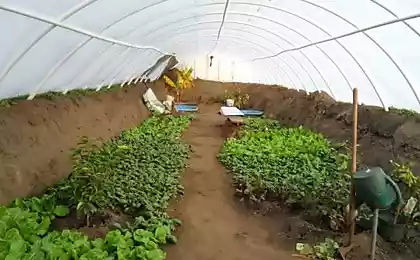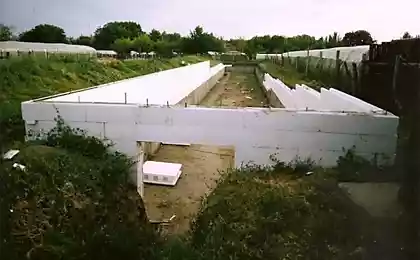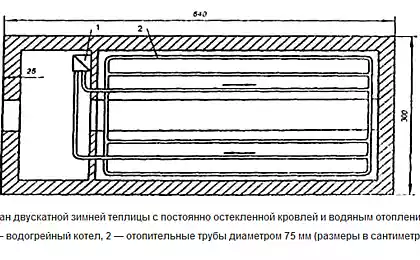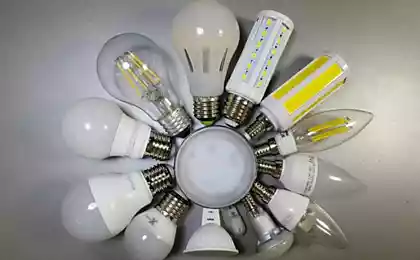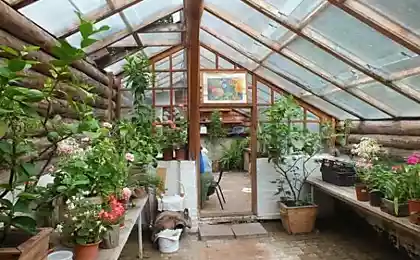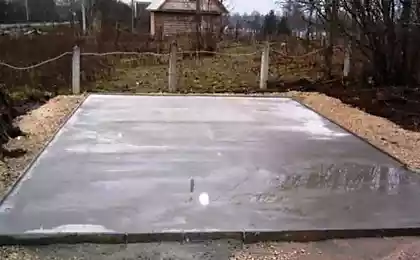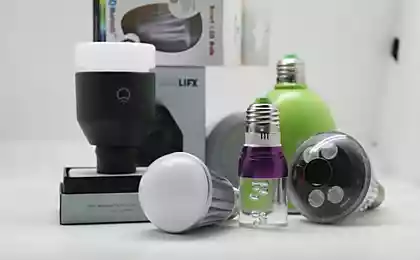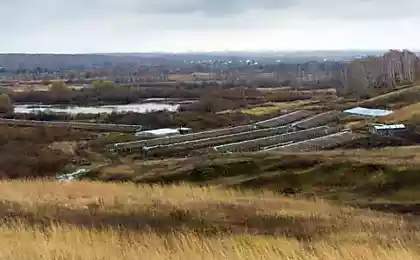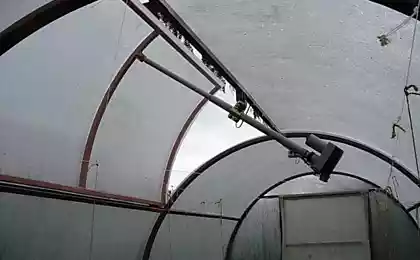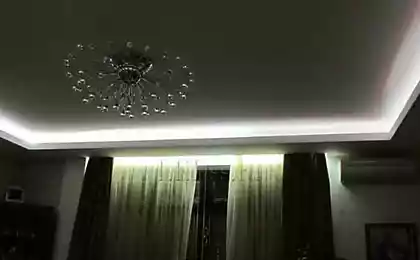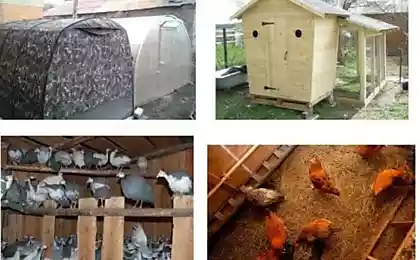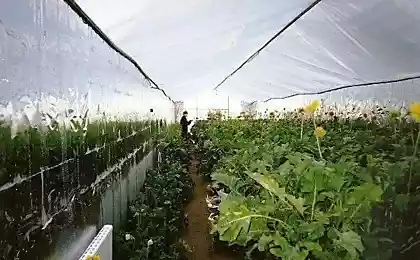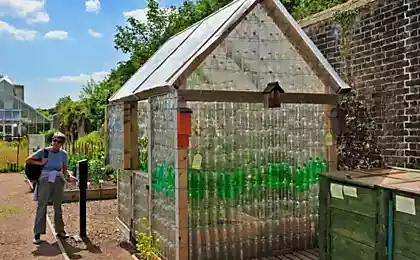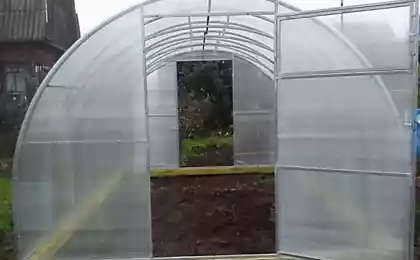637
How to arrange optimal lighting of greenhouses
The greenhouse is ready: there is a Foundation, frame, glazing (film or polycarbonate), buried soil, formed of the ridge. Thought the technical issues of heating and watering. And it seems nothing is forgotten... Where lighting and whether any lighting of greenhouses? Natural light in the afternoon seems to be enough, and at night the plants need to rest, so why should they pay for electricity? Let's deal with whether this is the correct reasoning.
Why plant light
In plants is an important chemical process: the construction of simple, small molecules giant organic chains that are "stacked" in the plant itself. For any process needs energy, plants take it from the light rays. A photon of light falling on the surface of the sheet, runs the biochemical reaction, which increases the mass of roots, stems, leaves and fruits. The process of connection of atoms of simple mineral molecules in a much more organic complex occurring in plants under the action of light rays is called photosynthesis. No light – no photosynthesis; no photosynthesis – the plant is not growing. Don't grow the roots, not shoots throw out new leaves, don't put the buds and the fruits in General can only dream about.
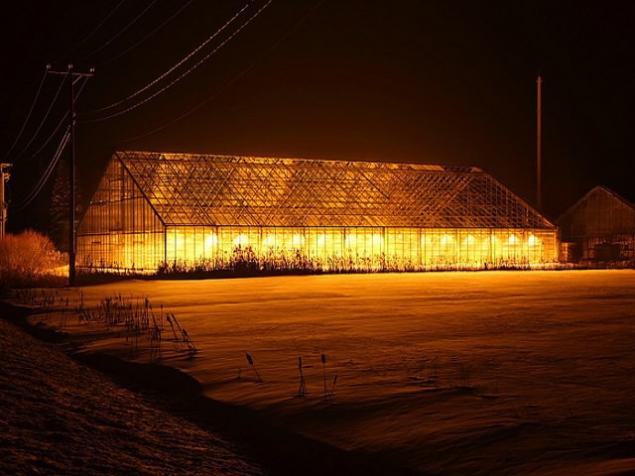
How much light and how it should be
The amount of light each type of plant are different. Moreover, it changes during the life of the plant. All cultural light-loving plants, some more, some less. Very light all nightshade family, the peppers and eggplant svetalove tomato and discard all buds with a lack of light. From the most shade-tolerant tomatoes – "cherry". Cucumbers, lettuces, parsley, onions and cabbage are a little "patience" and dill — can't. The General principle here is this — all plants grown for flowers and fruits — svetalisa those that are grown for edible leaves.
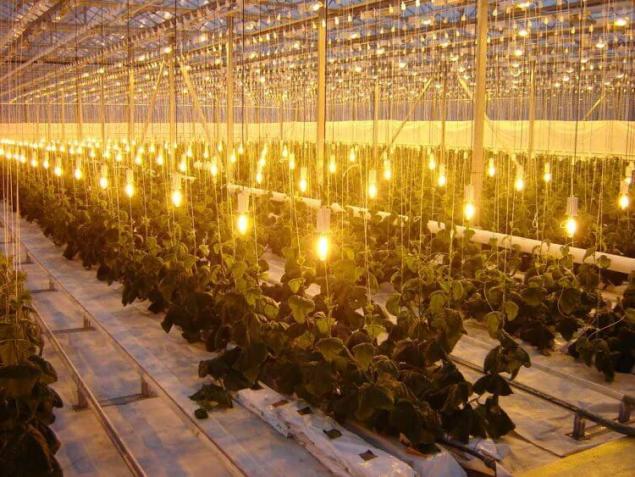
Plants have another characteristic, as photoperiodicity. Its essence is that the transition of plants to flowering and formation of fruit requires a certain duration of light time of day. "Long day plants" to switch to flowering you want the light was more than twelve hours a day "short day plants" – less than twelve. There are plants, neutral to the amount of daylight.
Why do different plants need different amounts of light
Cucurbitaceae, Solanaceae plants short-day or neutral. Cabbage, root vegetables — bloom under long-day conditions, which, of course, in their case, is quite undesirable. Some confusion can be with ornamental crops because they are many and not always have the information, what group of photoperiodicity applies regular floral novelty. Among ornamental crops, and quite special, for example Callistephus sinensis (Chinese Aster), which blooms when the number of long days alternated with a number of short. The General rule is — tropical plants belong to the group of short-day, North — long-day.
But even short-day plants (the majority of greenhouse plants) stop, if the light period of the day less than ten hours. Therefore, if plants grow, bloom, and seedlings, in the sky, you will have to provide in the greenhouse, the possibility of artificial supplementary lighting. The most difficult is to choose lamps for lighting of greenhouses, after all, have to choose from a dozen options, different cost, power consumption and color spectrum.
More recently, it was thought that vegetative growth needed blue only part of the spectrum and fruiting — red. Compliance with this rule yields a tasteless, "empty" vegetables and greens taste similar to regular grass. Plants need the whole spectrum fully, but not monochromatic radiation, and it will have to consider when choosing a lamp. Immediately it should be noted that lamps is completely analogous to the spectrum of sunlight had not yet been invented, and perhaps you will have to combine different types of lamps.
Types of lamps for supplementary lighting
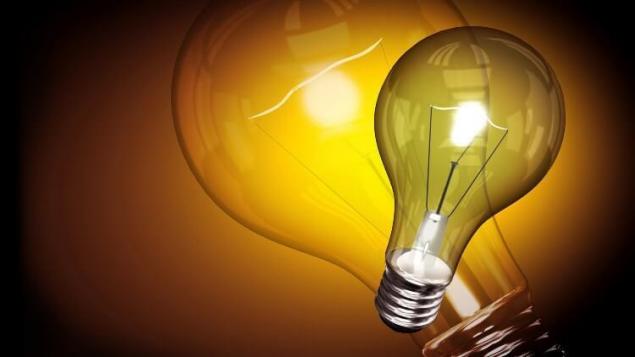
The downside is their low efficiency in light emission is only half of the energy consumed, the rest — on case heating. Even worse that that of incandescent lamps harmful to plants light spectrum: too much infrared, red and orange rays, which leads to the elongation of stems and leaf deformation. Therefore, for growing seedlings and getting the fruit of the bulb are not applicable. They are suitable only for distillation: onions, root parsley, sorrel and other greens. To do this they hung over the plants at a height of about 50 cm.
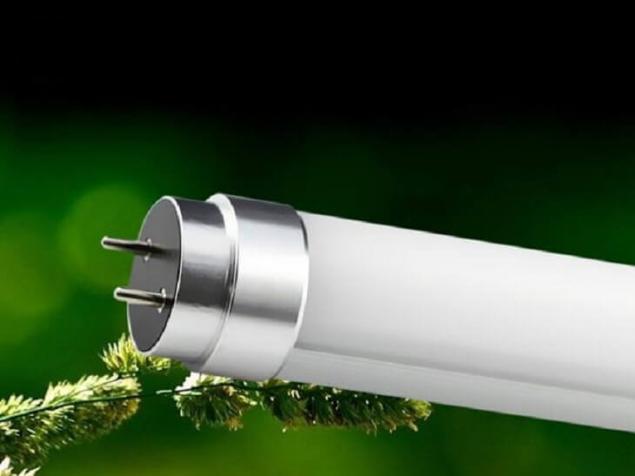
Can be mounted in the greenhouse, both horizontally and vertically. Main disadvantage: low light output, the brightness depends on voltage. At low voltages the lamp will not start at all.
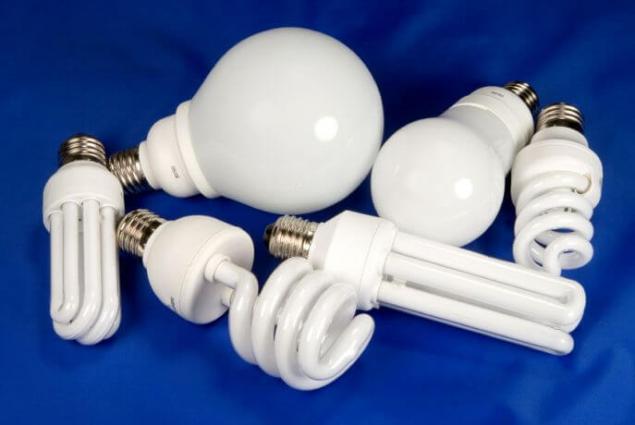
Easy to use, screwed into a conventional cartridge, do not need additional equipment, such as fluorescent, are quite acceptable. For owners of small teplichku they fit, perhaps more than other lamps.
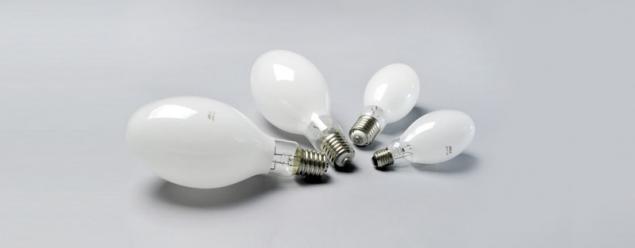
Even special models for greenhouses too strong ultraviolet radiation inhibits the development of plants. This property of mercury lamps can be used if the seedlings are outgrowing or in the sky. Have high luminous efficiency and low power consumption, easy to install. UV lamps for greenhouses is strongly heated. The big disadvantage is the presence of mercury, if the lamp breaks in a greenhouse, the entire crop will have to be thrown away.

If the sodium lamp is specially designed for greenhouses, it well simulates sunlight, but it is still not enough radiation in the blue end of the spectrum is important for vegetative growth of plants. Mirror grow room lighting with sodium lamps have reflectors, rotate and set in any desired position. Disadvantages: not all just connecting, require the presence of circuit elements such as IZU and control mechanism that can prevent you to make the lighting of greenhouses with their hands.
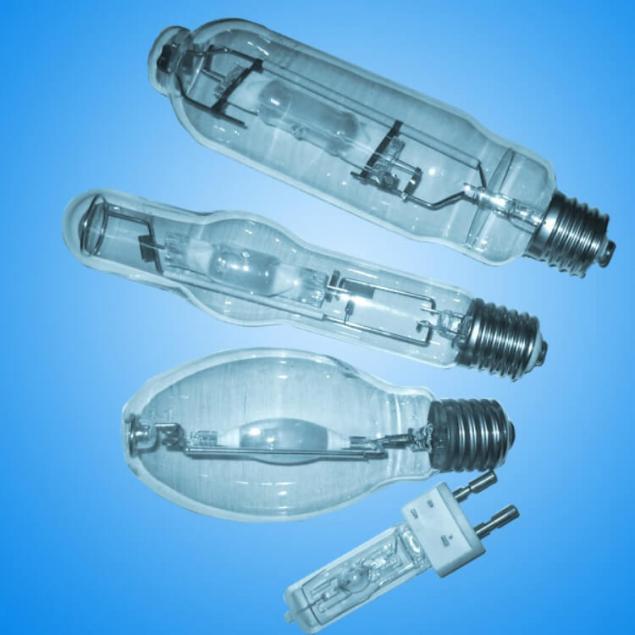
Are considered almost ideal for greenhouses in the light spectrum, but are very expensive and short-lived, with a lifespan highly dependent on the frequency of switching on the lamp.

Attractive is the fact that LEDs consume little power, can light (for choice) blue, red, or a combined light. Developed new – white LEDs that can cover the entire solar spectrum. When this happens, plants can grow entirely on artificial light. Greenhouse lighting led lamps are environmentally friendly, safe.
Lamps provide plenty of light and at low voltage, are produced under all types of existing pedestals. You can buy a ready-made led fixtures consisting of lamp in a specially designed enclosure and driver. The lamp's service life 3000-5000 hours, after which it is replaced entirely. The only drawback of led lamps and fixtures — a high value (500-1000 rubles and above). Better to buy a domestic phyto-lamps, because the spectrum they have adapted to our latitude.
Independent electrification greenhouses
Well, if the greenhouse is electrified, then it will only remain to consolidate the selected fixtures or to insert the lamp into the cartridges. If not, then it is best to invite for cable routing to the greenhouse electrician, risk of electric shock. Cable can be strung on poles or buried in the trench. To carry out preparatory work to install posts or to prepare a trench is quite possible on their own, after watching the lighting for greenhouses video.
The depth of the trench should not be less than eighty centimeters. It should not interfere with the drainage system. Laid on the bottom of the trench cable cover on top of the tiles to avoid accidentally damaging it when digging in case you later forget where it goes underground.
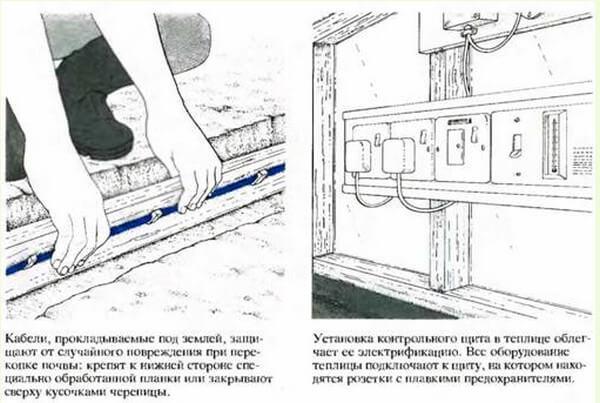
If you decide to pull the cable through the air, his tightly tied to a stretched between the posts the wire. Need to make sure that it does not touch the branches of trees.
Cable connection to the shield, and he has done the wiring to sockets and switches. You need to consider that the operation of electrical equipment in the greenhouse is held at the raised humidity of air and to consider how to make the lighting in the greenhouse maximum electric and fireproof.

To summarize. If necessary, supplementary lighting in greenhouses install the lamp, the choice of which depends mainly on your budget. Grow room lights turn on in the morning and evening, artificially extending daylight until at least ten o'clock. All wiring in the greenhouse must be perfectly insulated to eliminate shorting and electric shock. published
P. S. And remember, only by changing their consumption — together we change the world! ©
Source: teplicnik.ru/obustrojstvo/optimalnoe-osveshhenie-teplic.html
Why plant light
In plants is an important chemical process: the construction of simple, small molecules giant organic chains that are "stacked" in the plant itself. For any process needs energy, plants take it from the light rays. A photon of light falling on the surface of the sheet, runs the biochemical reaction, which increases the mass of roots, stems, leaves and fruits. The process of connection of atoms of simple mineral molecules in a much more organic complex occurring in plants under the action of light rays is called photosynthesis. No light – no photosynthesis; no photosynthesis – the plant is not growing. Don't grow the roots, not shoots throw out new leaves, don't put the buds and the fruits in General can only dream about.

How much light and how it should be
The amount of light each type of plant are different. Moreover, it changes during the life of the plant. All cultural light-loving plants, some more, some less. Very light all nightshade family, the peppers and eggplant svetalove tomato and discard all buds with a lack of light. From the most shade-tolerant tomatoes – "cherry". Cucumbers, lettuces, parsley, onions and cabbage are a little "patience" and dill — can't. The General principle here is this — all plants grown for flowers and fruits — svetalisa those that are grown for edible leaves.

Plants have another characteristic, as photoperiodicity. Its essence is that the transition of plants to flowering and formation of fruit requires a certain duration of light time of day. "Long day plants" to switch to flowering you want the light was more than twelve hours a day "short day plants" – less than twelve. There are plants, neutral to the amount of daylight.
Why do different plants need different amounts of light
Cucurbitaceae, Solanaceae plants short-day or neutral. Cabbage, root vegetables — bloom under long-day conditions, which, of course, in their case, is quite undesirable. Some confusion can be with ornamental crops because they are many and not always have the information, what group of photoperiodicity applies regular floral novelty. Among ornamental crops, and quite special, for example Callistephus sinensis (Chinese Aster), which blooms when the number of long days alternated with a number of short. The General rule is — tropical plants belong to the group of short-day, North — long-day.
But even short-day plants (the majority of greenhouse plants) stop, if the light period of the day less than ten hours. Therefore, if plants grow, bloom, and seedlings, in the sky, you will have to provide in the greenhouse, the possibility of artificial supplementary lighting. The most difficult is to choose lamps for lighting of greenhouses, after all, have to choose from a dozen options, different cost, power consumption and color spectrum.
More recently, it was thought that vegetative growth needed blue only part of the spectrum and fruiting — red. Compliance with this rule yields a tasteless, "empty" vegetables and greens taste similar to regular grass. Plants need the whole spectrum fully, but not monochromatic radiation, and it will have to consider when choosing a lamp. Immediately it should be noted that lamps is completely analogous to the spectrum of sunlight had not yet been invented, and perhaps you will have to combine different types of lamps.
Types of lamps for supplementary lighting
- Incandescent bulbs

The downside is their low efficiency in light emission is only half of the energy consumed, the rest — on case heating. Even worse that that of incandescent lamps harmful to plants light spectrum: too much infrared, red and orange rays, which leads to the elongation of stems and leaf deformation. Therefore, for growing seedlings and getting the fruit of the bulb are not applicable. They are suitable only for distillation: onions, root parsley, sorrel and other greens. To do this they hung over the plants at a height of about 50 cm.
- Fluorescent

Can be mounted in the greenhouse, both horizontally and vertically. Main disadvantage: low light output, the brightness depends on voltage. At low voltages the lamp will not start at all.
- Energy saving fluorescent lamp

Easy to use, screwed into a conventional cartridge, do not need additional equipment, such as fluorescent, are quite acceptable. For owners of small teplichku they fit, perhaps more than other lamps.
- Mercury high pressure lamps (DRL)

Even special models for greenhouses too strong ultraviolet radiation inhibits the development of plants. This property of mercury lamps can be used if the seedlings are outgrowing or in the sky. Have high luminous efficiency and low power consumption, easy to install. UV lamps for greenhouses is strongly heated. The big disadvantage is the presence of mercury, if the lamp breaks in a greenhouse, the entire crop will have to be thrown away.
- Sodium lamps high pressure (HPS, BOTTOM, DNAT)

If the sodium lamp is specially designed for greenhouses, it well simulates sunlight, but it is still not enough radiation in the blue end of the spectrum is important for vegetative growth of plants. Mirror grow room lighting with sodium lamps have reflectors, rotate and set in any desired position. Disadvantages: not all just connecting, require the presence of circuit elements such as IZU and control mechanism that can prevent you to make the lighting of greenhouses with their hands.
- Metal halide lamps (IPF, DRI)

Are considered almost ideal for greenhouses in the light spectrum, but are very expensive and short-lived, with a lifespan highly dependent on the frequency of switching on the lamp.
- Led bulb

Attractive is the fact that LEDs consume little power, can light (for choice) blue, red, or a combined light. Developed new – white LEDs that can cover the entire solar spectrum. When this happens, plants can grow entirely on artificial light. Greenhouse lighting led lamps are environmentally friendly, safe.
Lamps provide plenty of light and at low voltage, are produced under all types of existing pedestals. You can buy a ready-made led fixtures consisting of lamp in a specially designed enclosure and driver. The lamp's service life 3000-5000 hours, after which it is replaced entirely. The only drawback of led lamps and fixtures — a high value (500-1000 rubles and above). Better to buy a domestic phyto-lamps, because the spectrum they have adapted to our latitude.
Independent electrification greenhouses
Well, if the greenhouse is electrified, then it will only remain to consolidate the selected fixtures or to insert the lamp into the cartridges. If not, then it is best to invite for cable routing to the greenhouse electrician, risk of electric shock. Cable can be strung on poles or buried in the trench. To carry out preparatory work to install posts or to prepare a trench is quite possible on their own, after watching the lighting for greenhouses video.
The depth of the trench should not be less than eighty centimeters. It should not interfere with the drainage system. Laid on the bottom of the trench cable cover on top of the tiles to avoid accidentally damaging it when digging in case you later forget where it goes underground.

If you decide to pull the cable through the air, his tightly tied to a stretched between the posts the wire. Need to make sure that it does not touch the branches of trees.
Cable connection to the shield, and he has done the wiring to sockets and switches. You need to consider that the operation of electrical equipment in the greenhouse is held at the raised humidity of air and to consider how to make the lighting in the greenhouse maximum electric and fireproof.

To summarize. If necessary, supplementary lighting in greenhouses install the lamp, the choice of which depends mainly on your budget. Grow room lights turn on in the morning and evening, artificially extending daylight until at least ten o'clock. All wiring in the greenhouse must be perfectly insulated to eliminate shorting and electric shock. published
P. S. And remember, only by changing their consumption — together we change the world! ©
Source: teplicnik.ru/obustrojstvo/optimalnoe-osveshhenie-teplic.html
